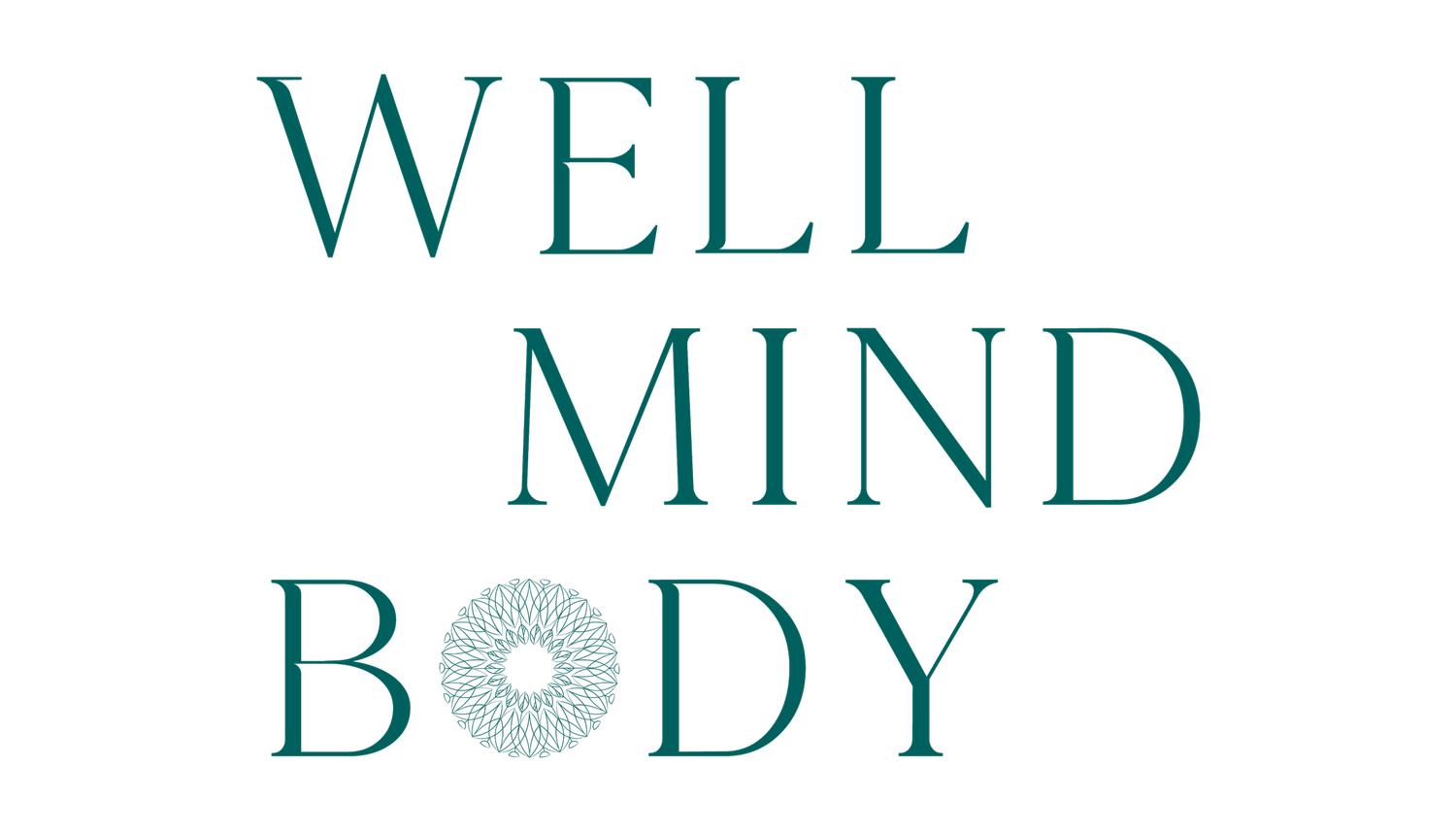Connection Before Correction: Parenting with Compassion and Curiosity
As parents, our instinct to correct our child’s behavior often comes from a place of love. We want to guide, protect, and teach them how to function in the world. But in the moment—especially when emotions are high—it’s easy to overlook one of the most important foundations of healthy child development: connection.
When a child is acting out, refusing to listen, or becoming emotionally dysregulated, it can be tempting to jump straight to correction. But here’s the truth: all behavior is communication. What we often label as “bad” behavior is usually a child’s way of expressing a need, an emotion, or a sense of dysregulation they don’t yet have the words for.
Behavior is the Language of Unmet Needs
Think of behavior as the tip of the iceberg. Underneath it are feelings like fear, sadness, confusion, or overwhelm. When we meet our child’s behavior with correction alone, we risk missing the opportunity to truly understand them. Correction may modify the behavior temporarily, but connection is what truly fosters emotional regulation, trust, and long-term growth.
Instead of asking, “How do I stop this behavior?”—try asking, “What is my child feeling, and what do they need from me right now?” This shift creates space for empathy, curiosity, and emotional safety, which are essential for your child’s development.
The Importance of Connection in Child Development
Establishing a strong emotional connection with children has been linked to numerous positive outcomes, including better emotional regulation, increased self-esteem, and improved social skills. When children feel securely attached to their caregivers, they are more likely to develop resilience and adapt positively to challenges.
Practical Strategies for Prioritizing Connection
Active Listening: Give your full attention when your child speaks, validating their feelings without immediate judgment or solutions.
Empathetic Responses: Acknowledge your child's emotions, showing understanding and compassion.
Shared Activities: Engage in activities that your child enjoys, strengthening your bond through shared experiences.
Consistent Presence: Be emotionally and physically available, providing a reliable source of support.
Positive Reinforcement: Encourage desired behaviors through praise and recognition, reinforcing the connection between actions and outcomes.The Power of Connection
When a child feels seen, heard, and understood, their nervous system begins to regulate. They learn that their emotions are manageable and that they’re not alone. Through co-regulation—being calm and present with your child during emotional moments—you’re actually helping wire their brain for resilience and emotional intelligence.
Connection doesn’t mean we don’t set limits or hold boundaries. It means we lead with empathy and model emotional regulation. A connected approach might sound like:
“I see you’re really upset. I’m here with you.”
“It’s okay to feel mad. Let’s take a breath together.”
“Can you tell me what’s going on inside right now?”
Long-Term Gains from Short-Term Pauses
It takes intention and practice to pause before correcting, especially in moments of stress. But that pause creates an opportunity to build trust and deepen your relationship with your child. Children who feel connected are more likely to listen, cooperate, and internalize the values we want to teach—not out of fear, but out of love and understanding.
At Well Mind Body, We’re Here to Support You
Parenting is not about perfection—it’s about presence. If you're struggling to connect with your child or feeling overwhelmed by behavior challenges, you're not alone. Our team at Well Mind Body Integrative Psychotherapy & Wellness offers compassionate, trauma-informed support for parents navigating the ups and downs of raising emotionally healthy children.
Together, we can shift from correction to connection and build stronger, more resilient families—one moment at a time.
References:
Golding, K. S. (2015). Connection before correction: Supporting parents to meet the challenges of parenting children who have been traumatised within their early parenting environments. Children Australia, 40(2), 152–159.
Michigan Alliance for Families. (n.d.). Behavior is communication. Retrieved from https://www.michiganallianceforfamilies.org/behavior-is-communication/
Newsroom. (n.d.). Understanding the “Why” of Challenging Behavior in Young Children. Retrieved from https://newsroom.unl.edu/announce/lancasterextension/15891/89069
Positive Discipline. (n.d.). Connection before correction. Retrieved from https://www.positivediscipline.com/articles/connection-correction-0
U.S. Department of Education. (2021). Supporting child and student social, emotional, behavioral, and mental health. Retrieved from https://www.ed.gov/sites/ed/files/documents/students/supporting-child-student-social-emotional-behavioral-mental-health.pdf
